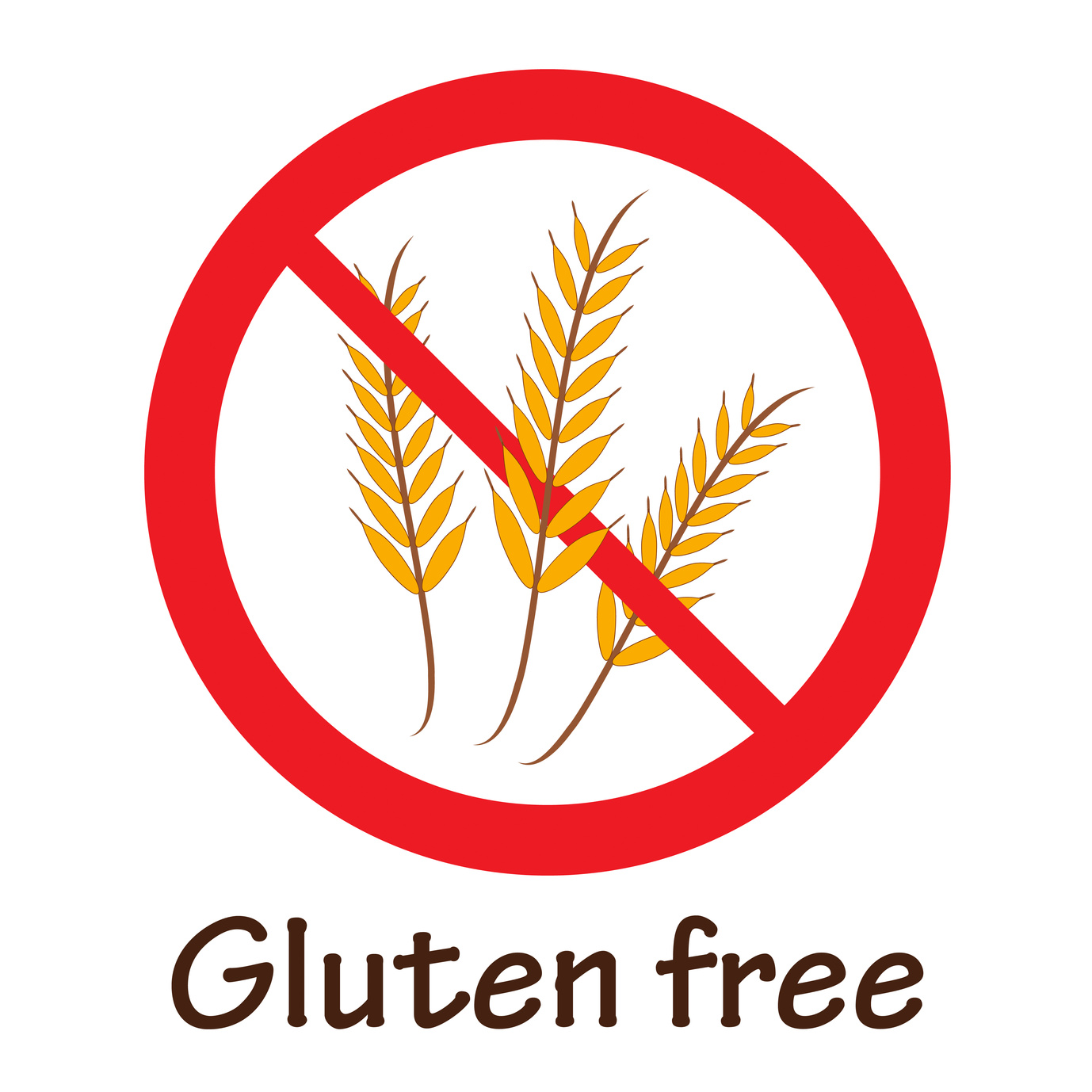After a year of phasing in compliance, the Food and Drug Administration (FDA) now requires any food labeled “gluten-free,” to contain no more than 20-parts per million of gluten, which is the lowest level detectable in food and one that would generally be acceptable even for those who suffer extreme gluten-intolerance health problems. The rule also holds foods labeled “without gluten,” “free of gluten,” and “no gluten” to the same standard. The rule also brings the United States in line with international labeling standards that are employed across Europe and other parts of the world.
Products must not contain any wheat, barley or hybrids, or be derived from a gluten-containing grain that has not been processed to remove gluten. However, some products that are labeled “gluten-free” that have levels above the defined levels of acceptability for gluten-free products may still be allowed to remain on shelves for the next six months to a year as the ban isn’t retroactive. While the FDA has insisted that companies phase out above-acceptable levels of gluten in their gluten-free products, those with long shelf-lives, like pasta, may remain on shelves.
The FDA will engage in additional rule-making to establish how it will determine compliance for hydrolyzed and fermented foods (e.g., yogurt, sauerkraut, hydrolyzed protein) because the current methods cannot quantify gluten in these foods. In the meantime, hydrolyzed and fermented foods that meet the definition of “gluten-free” may bear a gluten free claim. The FDA will exercise enforcement discretion to beer that currently makes a “gluten-free” claim and that are (a) made from a non-gluten-containing grain or (b) made from a gluten-containing grain, where the beer has been subject to processing that the manufacturer has determined will remove gluten. This enforcement discretion pertains only to beers subject to FDA’s jurisdiction and that were making a “gluten-free” claim as of August 5, 2013. Please note that the FDA regulates non-malt beers (beers made without malted barley or hops).
The effective compliance date of the rule is August 5, 2014. Products labeled prior to the compliance date that bear the claim “gluten-free” will not be subject to regulatory action by FDA. However, any product labeled by the manufacturer on or after August 5, 2014, bearing a “gluten-free” labeling claim that does not comply with the definition will be subject to regulatory action. The “gluten-free” final rule applies only to packaged foods, the FDA expects restaurants that use “gluten-free” on their menus are consistent with the federal definition; however, the final rule does obligate restaurants to be in compliance.
If you need assistance to determine whether your food product is in compliance with the FDA labeling requirements, please contact the attorneys at Morsel Law.

